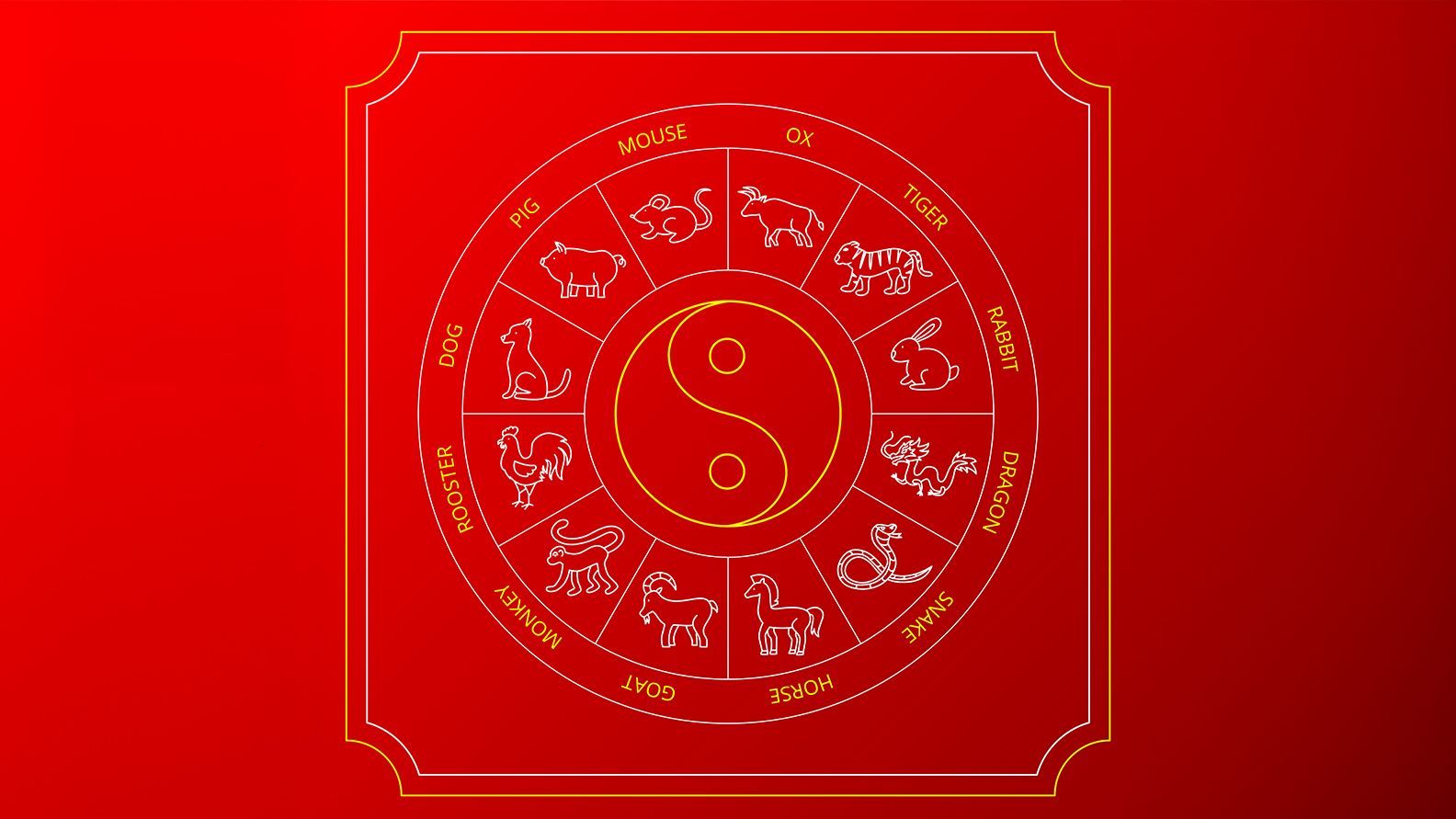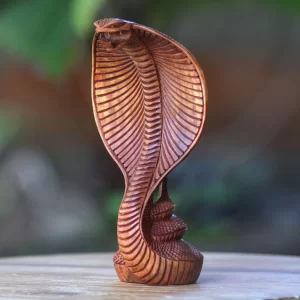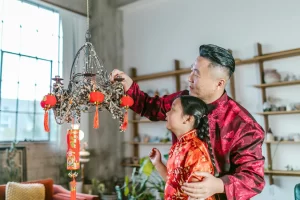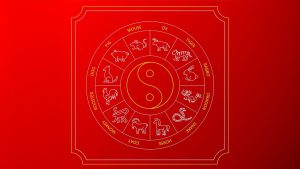The Chinese Zodiac, or Shengxiao (生肖), is a dynamic astrological system that assigns one of twelve animals to each year in a lunar-based, twelve-year cycle. Among these, the Horse (马 – Mǎ) gallops in as the seventh sign, embodying energy, freedom, and an adventurous spirit. Known for its vibrant enthusiasm and restless nature, the Horse follows the Rat, Ox, Tiger, Rabbit, Dragon, and Snake in the zodiac sequence, earning its place through speed and agility in the legendary Great Race. People born in Horse years—such as 1930, 1942, 1954, 1966, 1978, 1990, 2002, 2014, and 2026—inherit a lively set of traits that shape their lives and relationships.
This extensive article delves into the Horse’s mythology, characteristics, elemental variations, compatibility, cultural roles, and enduring impact, offering a detailed portrait of this spirited zodiac sign.
Introduction to the Horse in the Chinese Zodiac
The Horse, known as Mǎ in Mandarin, holds the seventh position in the Chinese Zodiac’s twelve-animal cycle, a placement that reflects its boundless energy and independent spirit. Unlike the Western zodiac, which ties signs to monthly solar positions, the Chinese Zodiac assigns its animals to entire years, creating a collective identity for those born under the Horse’s influence. This system fosters a shared cultural bond, uniting generations through the Horse’s vibrant qualities of vitality and exploration.
Far from being a mere astrological symbol, the Horse is a significant figure in Chinese culture, embodying values like strength, perseverance, and the pursuit of freedom. Its influence extends into personal identity, relationship dynamics, and practical decisions, such as career paths or marriage timing. Enhanced by the Five Elements—Wood, Fire, Earth, Metal, and Water—the Horse’s character takes on nuanced variations within a 60-year cycle, offering a rich framework for understanding its impact. In this article, we’ll explore the Horse’s origins, personality, compatibility, cultural significance, and modern relevance, providing a comprehensive look at why this sign remains a powerful force in the Shengxiao.
Origins and Mythology of the Horse
The Great Race: The Horse’s Swift Pursuit
The Horse’s position as the seventh sign in the Chinese Zodiac originates from the iconic tale of the Great Race, a myth attributed to the Jade Emperor, a central figure in Chinese mythology. Seeking to establish a system for measuring time, the Emperor invited all animals to race across a river, promising that the first twelve to reach the opposite shore would secure a spot in the zodiac, their order determining their rank.
The Horse, with its natural speed and agility, charged toward the finish line, seemingly poised for an early victory. However, as it neared the end, the cunning Snake—coiled around its leg—darted ahead, startling the Horse and claiming sixth place. The Horse crossed seventh, its swift pace tempered by this unexpected twist. This story highlights the Horse’s defining traits: energy, determination, and a free-spirited nature—qualities that resonate with those born under its sign. The tale sets the stage for the zodiac’s sequence, with the Goat, Monkey, Rooster, and others following in their unique ways.
Historical Context
The Chinese Zodiac’s formal structure solidified during the Han Dynasty (206 BCE – 220 CE), though its roots likely extend further into ancient China, tied to early cultural and practical roles. The Horse’s prominence reflects its vital significance in Chinese history—horses were essential for transportation, agriculture, and warfare, symbolizing mobility, strength, and progress. Nomadic tribes and imperial armies alike relied on their speed and endurance, elevating the Horse to a cultural icon of power and liberty.
During the Han Dynasty, the zodiac integrated Taoist principles like yin and yang and the Five Elements, enriching the Horse’s symbolism. As the system spread across East Asia—to Korea (Mal), Japan (Uma), and Vietnam (Ngọ)—the Horse retained its status as the seventh sign, adapting to local cultures while preserving its identity as a spirited and dynamic figure.
Personality Traits of the Horse
The Horse is a sign of vigor and passion, blending exhilarating strengths with notable challenges that shape its character. Individuals born in Horse years are believed to inherit these traits, influencing their behavior, worldview, and interactions. Here’s a detailed breakdown:
Positive Traits
- Energetic: Horses brim with vitality, tackling life with enthusiasm. For example, they might lead a spontaneous adventure or energize a room with their presence.
- Independent: Valuing freedom, Horses thrive on autonomy, charting their own paths with confidence.
- Optimistic: With a sunny outlook, Horses inspire others, seeing opportunities where others see obstacles.
- Sociable: Horses are charming and outgoing, drawing people in with their warmth and wit.
- Adventurous: Driven by curiosity, Horses seek new experiences, excelling in dynamic environments.
Challenges
- Impulsive: Their energy can lead to rash decisions, risking setbacks if not tempered with caution.
- Restless: Horses struggle with routine, growing bored or frustrated without constant stimulation.
- Self-Centered: Their focus on freedom may make them overlook others’ needs, straining relationships.
- Inconsistent: Passionate starts may fizzle without sustained effort, leaving projects unfinished.
Variations Across Gender and Age
- Men Born in Horse Years: Horse men channel their energy into action, excelling in bold roles—think explorers, athletes, or entrepreneurs. Their charm draws followers, though they may resist commitment.
- Women Born in Horse Years: Horse women blend vitality with intuition, shining in creative or social fields like event planning or performance. Their optimism uplifts, though they might dodge routine.
- Children Born in Horse Years: Horse children are lively and curious, often leading play or chasing new interests. For instance, they might race ahead in games, showing early independence. Parents should encourage focus to balance their restlessness.
These traits paint the Horse as a spirited, engaging sign, capable of great achievements when its strengths are harnessed and its challenges managed.
The Five Elements and the Horse
The Five Elements—Wood, Fire, Earth, Metal, and Water—cycle through the Horse every 12 years, creating a 60-year cycle that refines its traits. Each element adds a unique dimension to the Horse’s personality, offering a nuanced interpretation of its influence. Here’s an in-depth look:
- Wood Horse (1954, 2014, 2074)
- Traits: Cooperative, creative, and adaptable. Wood Horses temper their energy with teamwork, excelling in collaboration. They’re innovative but may overstretch.
- Example: A Wood Horse might thrive as a designer or organizer, blending vitality with vision.
- Fire Horse (1966, 2026, 2086)
- Traits: Passionate, intense, and fearless. Fire Horses amplify their sign’s vigor, pursuing goals with blazing zeal. They’re magnetic but can be reckless.
- Example: A Fire Horse could excel in sports or entertainment, igniting others with their spirit.
- Earth Horse (1978, 2038, 2098)
- Traits: Practical, stable, and grounded. Earth Horses balance energy with realism, focusing on tangible success. They’re reliable but may resist change.
- Example: An Earth Horse might succeed in business or agriculture, building a steady path.
- Metal Horse (1930, 1990, 2050)
- Traits: Resilient, assertive, and disciplined. Metal Horses strengthen their freedom with resolve, pursuing goals with precision. They’re bold but can be stubborn.
- Example: A Metal Horse could shine in engineering or leadership, leveraging their determination.
- Water Horse (1942, 2002, 2062)
- Traits: Intuitive, adaptable, and insightful. Water Horses soften their restlessness with flexibility, excelling in communication. They’re energetic yet perceptive, though they may wander.
- Example: A Water Horse might flourish in travel or journalism, using their curiosity and charm.
These elemental variations showcase the Horse’s versatility, allowing for a tailored understanding of its influence across generations.
Compatibility and Relationships
The Horse’s compatibility with other zodiac signs is a key aspect of its cultural role, guiding friendships, romances, and partnerships. Traditional beliefs suggest certain signs harmonize with the Horse’s traits, while others pose challenges. Here’s a detailed analysis:
Best Matches
- Tiger: The Horse’s energy pairs seamlessly with the Tiger’s boldness, creating an adventurous and passionate bond. Both crave excitement, fostering mutual respect.
- Dog: The Horse and Dog share loyalty and vitality, building a trusting partnership. The Dog’s steadiness balances the Horse’s restlessness.
- Goat: The Horse’s dynamism complements the Goat’s creativity, forming a harmonious and supportive relationship. Both enjoy freedom and art.
Challenging Matches
- Rat: The Horse’s impulsiveness clashes with the Rat’s caution, causing tension. The Horse seeks freedom, while the Rat prioritizes control.
- Ox: The Horse’s restlessness conflicts with the Ox’s stability, leading to friction. The Horse craves change, while the Ox favors routine.
- Snake: The Horse’s openness jars with the Snake’s secrecy, creating discord. The Horse acts, while the Snake plans.
Love and Friendship Dynamics
- In Love: Horses are passionate and spontaneous partners, bringing excitement and warmth to relationships. They seek freedom and connection, thriving with signs like Tiger or Dog who match their spirit. For example, a Horse might plan an impromptu trip, keeping the romance alive.
- In Friendship: Horses are outgoing, inspiring friends who lead with enthusiasm. They shine in lively groups, rallying others for fun or adventure, though they may shy from deep emotional ties.
While compatibility offers traditional insights, personal factors beyond zodiac signs shape relationships. The Horse’s adaptability often bridges gaps, making it a vibrant and engaging companion.
Cultural Significance of the Horse
The Horse’s role in Chinese culture is profound, weaving into folklore, art, and daily practices with deep symbolic weight.
Symbolism
In Chinese tradition, the Horse is a symbol of strength, freedom, and progress. Its historical role in transportation, farming, and warfare made it a vital lifeline, embodying speed and endurance. This symbolism elevates the Horse to a cultural icon of vitality and exploration, admired for its spirited nature.
Art and Literature
The Horse features prominently in Chinese art and storytelling:
- Visual Art: Paintings and sculptures depict the Horse in motion, often with flowing manes or vast landscapes, symbolizing liberty. For example, a traditional scroll might show a Horse galloping, evoking power and grace.
- Literature: Folktales celebrate the Horse’s speed, often casting it as a loyal steed or heroic traveler. Its role in the Great Race reinforces its archetype as a dynamic contender.
Festivals and Traditions
The Year of the Horse, such as 2026, is celebrated during the Chinese New Year with:
- Decorations: Red banners, lanterns, and Horse figurines adorn homes, inviting energy and luck.
- Celebrations: Parades and performances honor its legacy, uniting communities in festivity.
- Customs: Families exchange red envelopes (hongbao) and prepare hearty dishes, reflecting the Horse’s robust spirit.
These rituals keep the Horse’s cultural significance alive, blending mythology with modern celebration.
Daily Life
The Horse influences practical decisions:
- Naming: Parents may choose names suggesting strength or freedom for Horse-born children.
- Timing: Some plan births for Horse years, believing the sign brings vitality and success.
- Fortune-Telling: Annual forecasts for Horse years predict trends in health, wealth, and relationships, guiding personal planning.
The Horse’s cultural reach extends to East Asia, with adaptations in Korea, Japan, and Vietnam, each embracing its role as a symbol of energy and progress.
The Horse in Modern Context
In today’s world, the Horse remains a vibrant part of Chinese and global culture, adapting to modern contexts while retaining its traditional essence.
Pop Culture
The Horse influences media and entertainment:
- Film and TV: Characters inspired by the Horse’s traits—like spirited, adventurous figures—echo its qualities, such as Spirit in Spirit: Stallion of the Cimarron.
- Fashion: Designers release Horse-themed collections during its years, merging tradition with style.
- Horoscopes: Online platforms offer Horse-specific predictions, blending ancient wisdom with digital accessibility.
Global Influence
The Horse’s appeal has spread beyond China, resonating in Western astrology circles and multicultural societies. People explore their Horse traits, often combining them with Western signs (e.g., a Horse-Sagittarius) for a hybrid perspective.
Career and Lifestyle
Modern Horses align their traits with career paths:
- Dynamic Roles: Sports, travel, or sales tap into their energy and sociability.
- Creative Fields: Music, acting, or marketing suit their enthusiasm and charm.
- Adventure: Exploration or entrepreneurship leverage their love of freedom.
In lifestyle, Horses favor excitement and variety, thriving in active settings while seeking balance to manage impulsiveness.
Conclusion
The Horse (马 – Mǎ), as the seventh sign of the Chinese Zodiac, embodies a captivating blend of energy, independence, and optimism that has endured through centuries. From its swift pursuit in the Great Race to its symbolic ties to strength and progress, the Horse holds a cherished place in Chinese culture. Its personality—vibrant yet restless, sociable yet self-focused—offers a rich lens for understanding those born under its influence, enhanced by the Five Elements’ nuanced variations. In relationships, the Horse thrives with compatible signs like Tiger and Dog, while its cultural legacy shines in art, festivals, and daily life. Today, the Horse adapts to modernity, influencing pop culture and personal aspirations worldwide, proving its timeless relevance. Whether you’re a Horse seeking self-insight or a curious explorer, this sign’s story is a testament to the enduring power of spirit and freedom.



